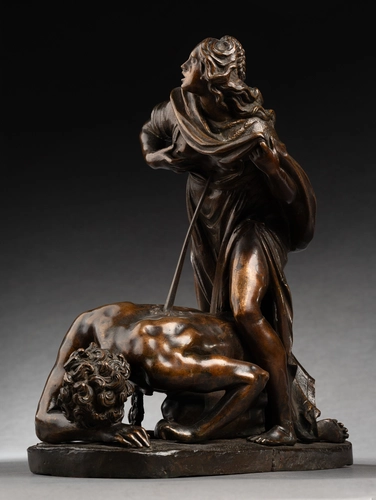
Severity: Notice
Message: Undefined index: HTTP_ACCEPT_LANGUAGE
Filename: controllers/Home.php
Line Number: 10
Backtrace:
File: /home/cedphse7nrtg/public_html/galerie-sismann.artdeputy.net/application/controllers/Home.php
Line: 10
Function: _error_handler
File: /home/cedphse7nrtg/public_html/galerie-sismann.artdeputy.net/index.php
Line: 318
Function: require_once
